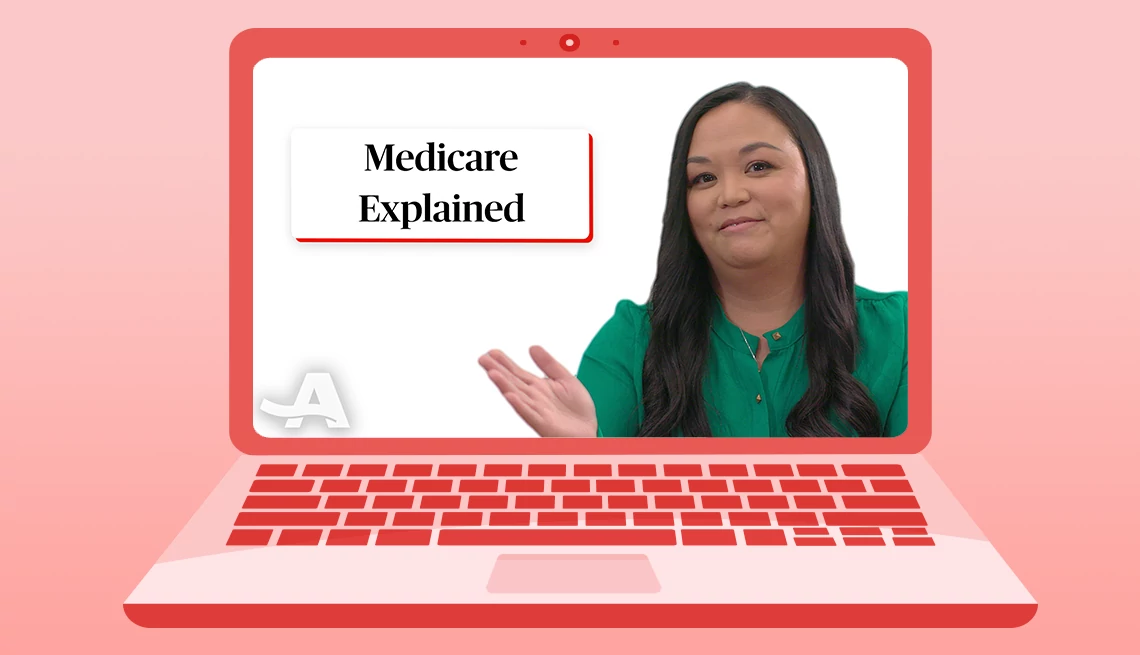AARP Eye Center
Reading Partners-Living longer and healthier lives through volunteering

Many of us struggle to find enough time in our days to give to ourselves. We hustle all day at work, returning home to a busy schedule that sidelines rest and relaxation. So isn’t it unreasonable to ask us to give our scarce time to others?
The good news is that we can prevent this time-famine that affects us all. If time is precious, perhaps it’s wise to invest it in activities that truly matter.
Research suggests that giving your time to help others can actually yield more valuable time back. Counterintuitive as it seems, numerous studies reveal that regular volunteers of all ages and backgrounds feel more accomplished and satisfied. The connections they form and the time they invest yield wellness benefits that boost their life expectancy and overall quality of life.
"Time affluence" is our perception of how well we use the time available. Are you content with what you achieve in the time you have?
Research by the Association for Psychological Science explored the concept of giving time to gain time. It found that individuals who give their time to help others experience a stronger sense of time affluence.
Not only does volunteering boost self-worth, it means that time can feel more valuable when given towards a worthy cause. To truly understand this concept, we must consider what contributes to our satisfaction with how we utilize our time in relation to the world around us.
Ancient Greek philosopher Aristotle advocated for a happy life achieved through consistent virtuous actions aligned with moral standards.
A key principle of this philosophy is that serving others is the essence of a good life. Aristotle believed happiness to be a state of being cannot be achieved without a surrounding community that provides its people with the tools for prosperity.Beyond survival, lasting connections and proper care are essential for true flourishing.
Considering volunteer opportunities, such as warehouse packaging, soup-kitchen assistance, or tutoring students, the social impact on participants is evident.
Studies like Dr. Stephen Post’s on the benefits of volunteering show that long-time volunteers report more enhanced feelings of belonging to a community and stronger social networks. Volunteers get opportunities to develop new skills, engage with others with shared values, and even enhance one’s cultural competency through new relationships.
By serving diverse communities, volunteers cultivate empathy through exposure and engagement. Witnessing people achieving basic human needs shifts our perception of the human spirit. Interacting with groups relying on each other for resources and security expands our understanding of relationships. Engaging with a society we don't live in for a day or two transforms our sense of community.
Regardless of how volunteers achieve self-satisfaction, the impact of volunteering on our overall health is remarkable. Empirical studies conducted by the Human Flourishing Program reveal that volunteering for a minimum of two hours weekly significantly improves mental and physical well-being. Physical activities associated with volunteering contribute to better health, lower disability risk, and fewer cardiovascular problems.
The most compelling finding is a reduced risk of mortality in those who volunteer regularly. Meta-analysis studies report up to 40% less chance of dying within the next four years from when the study was conducted.
This data, while clearly significant to our overall well-being, can seem a bit extreme. How do we have less chance of dying just by volunteering once or twice a week? To understand this more, we look at the study of human longevity conducted around the world. These studies can help us to digest this staggering data that supports volunteering for a longer, happier life.
The Blue Zones study conducted by Dan Buettner and his National Geographic team identified five regions where people consistently live longer.
Centenarians, those living past one hundred, have a slower rate of age-related diseases, extending their lives beyond the United States' average expectancy (roughly 77 years).
Buettner’s explored five different places all over the planet that he and his team deemed “The Blue Zones:”
- Sardinia, Italy– highest rate of male centenarians
- Ikaria, Greece– lowest rates of dementia and other age-related disease
- Okinawa, Japan– highest rate of females over seventy
- Loma Linda, California (Seventh Day Adventists)– live ten years longer than other Americans
- Nicoya Peninsula, Costa Rica– lowest rate of middle-age mortality
These locations were studied through their populations, their cultures, and ways of living. Observing the lifestyle habits of these communities, the research team created a list of nine commonalities between them (the Power 9) contributing to their longevity.
Among the Power 9 list were three aspects of life pertaining to how they spend their time: Natural movements of exercise; Finding a strong and supportive tribe; Having a greater sense of purpose.
The first of these three delves into the physical form of health. Instead of pushing weightlifting and strenuous exercise at the gym every day, this study suggests finding natural ways of movement to stick to regularly. Volunteers' tasks, like cutting vegetables and building infrastructure, align with this emphasis on natural movement.
A supportive social circle is also vital for wellbeing. The Okinawans call their committed tribe “moais” and can rely on this group of friends throughout their lifetimes. They consistently value the people in their community and give their time to strengthening relationships with those around them. This strength of social trust and bonding of people regardless of life-style, age, and economic status heavily contributes to their longevity.
Non-profit organizations, advocacy groups, and those that regularly volunteer are similarly building connections with people that share common goals and values.
Following your own sense of purpose, strong enough to lead you through the hard times, is also key to a long life. Like the groups in Loma Linda, faith in a greater purpose allows people a steadiness that carries them through a healthy life. Although one’s purpose does not have to be the same across populations, having this purpose designated and clear points to longevity.
Volunteers come from various backgrounds, yet this group of people spends their time giving back to people in need because of a collective drive to help. All of the research points to the idea that to live a longer life means to try for a more full life. Your physical health relies on your mental health as your body and your mind reflect each other’s state of being. Your sense of fulfillment with your very limited time stems directly from how you choose to spend it. Your own well-being depends on your willingness to give your time and your help to others that need it.
Whether you decide to spend 45 minutes a week with a student that is looking to sharpen their reading skills and find a book that interests them, or you commit to an AmeriCorps year of service to serve where you are needed, organizations like ours need people like you.
Find a cause that speaks to you, join a group dedicated to helping others, or look for more ways to volunteer your time to a community that needs it. Either way, you’ll be living life to the fullest.
This is not an AARP event. Any information you provide the host organization will be governed by its privacy policy
















)


















.jpg?crop=true&anchor=13,195&q=80&color=ffffffff&u=lywnjt&w=2008&h=1154)





























